15 Ways You Can Help Your Cat Adjust To A New Home

Moving homes can be just as stressful for cats as it is for humans. Our feline friends thrive on routine and familiar surroundings, making a move potentially traumatic without proper support.
Helping your cat transition smoothly isn’t just kind—it prevents behavioral problems and health issues that often arise from relocation stress.
1. Set Up A Sanctuary Space First
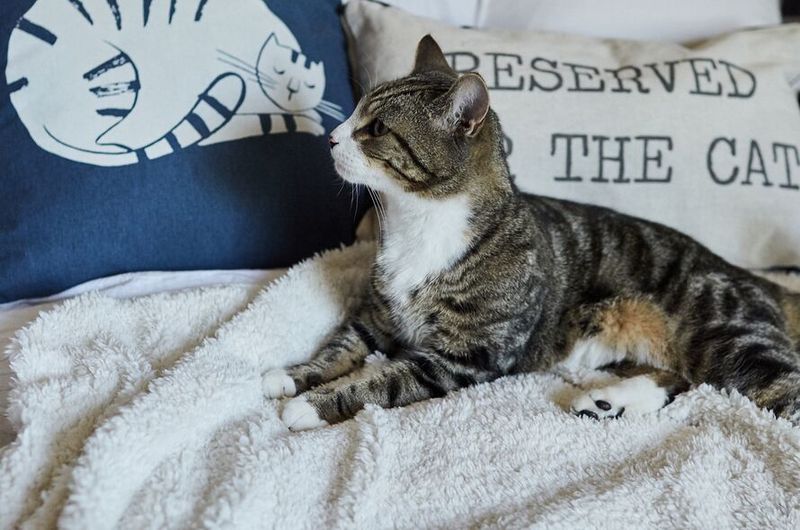
Create a quiet room with your cat’s essentials before bringing them home. Include their bed, litter box, food, water, and favorite toys.
This dedicated space helps them feel secure rather than overwhelmed by a completely new environment. They can gradually explore the rest of the home as comfort grows.
2. Maintain Familiar Scents

Bring along unwashed bedding and toys from your previous home. The familiar smells provide comfort in strange surroundings and help your cat feel more at ease.
Avoid washing all their items at once during the move. Their own scent marks are like security blankets that remind them of safety.
3. Stick To Regular Feeding Times
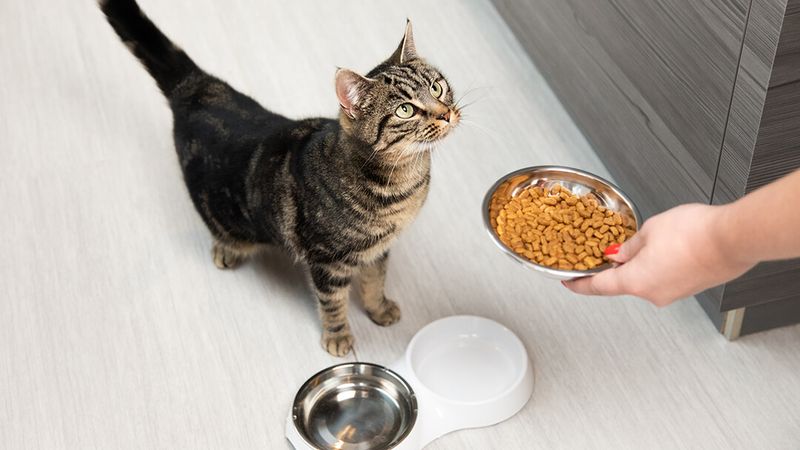
Consistency is key when it comes to mealtimes. Keep serving food at the same hours you did before the move, using the same dishes if possible.
Cats find security in routine. When everything else changes, knowing exactly when dinner arrives provides structure and normalcy that helps them adjust faster.
4. Use Calming Pheromone Products
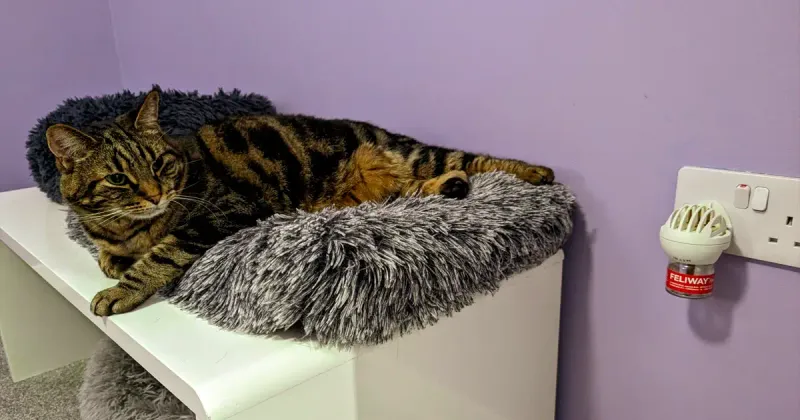
Synthetic feline pheromones mimic the natural calming chemicals cats release when they feel safe. Plug-in diffusers, sprays, or wipes can help reduce anxiety throughout your new home.
Place these products in areas where your cat spends the most time. They work silently to create a sense of security during the adjustment period.
5. Gradual Home Exploration
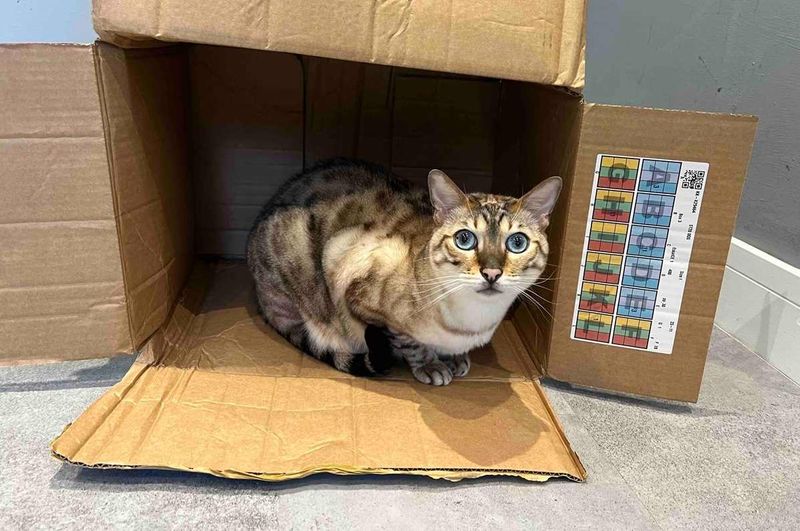
Allow your cat to discover the new home at their own pace rather than forcing exploration. Start with one room and gradually open up more spaces as they show confidence.
Watch their body language for signs they’re ready for more. Tail up and curious sniffing means they’re feeling secure enough to venture further.
6. Recreate Furniture Arrangements

Position furniture similarly to your previous setup if possible. Cats navigate by mental maps, and familiar arrangements help them adapt faster.
That favorite sunny window perch or cozy corner behind the couch? Recreating these spots gives your cat reference points that make the new place feel more like home.
7. Keep Visitors To A Minimum
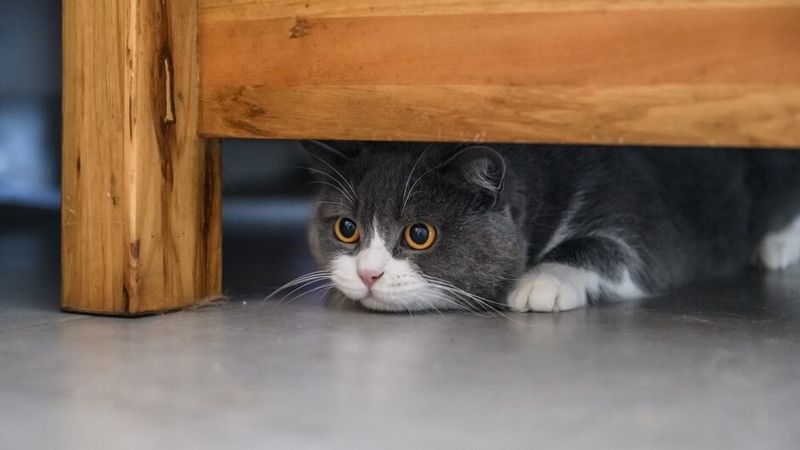
Hold off on housewarming parties until your cat has settled in. The parade of unfamiliar faces can overwhelm them during an already stressful transition.
When you do introduce visitors, have them enter calmly and let your cat approach them first. This gives your pet control over social interactions while they’re still building confidence.
8. Maintain Play Routines
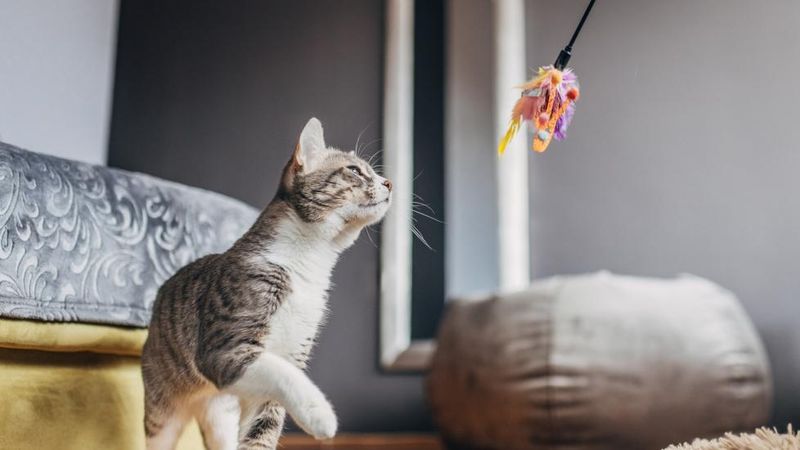
Regular play sessions release tension and build positive associations with the new space. Use the same toys from before to create a bridge between old home and new.
Interactive toys that mimic prey movements are especially effective. Just 10-15 minutes twice daily helps your cat burn energy and reduces stress-related behaviors.
9. Create Vertical Territory
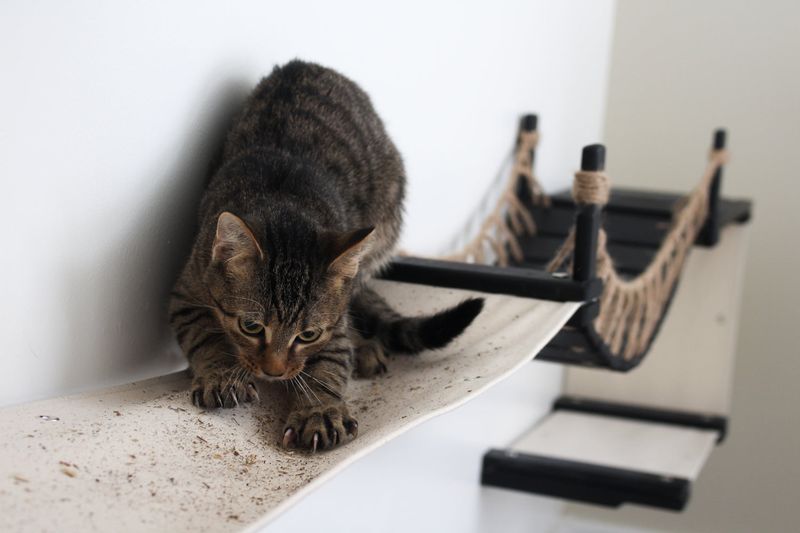
Cats feel safer when they can survey their domain from above. Set up cat trees, shelves, or perches near windows in your new home.
These elevated spaces serve as security lookouts and retreats when things get overwhelming. Plus, vertical territory expands their usable space without requiring more square footage.
10. Establish A Grooming Station

Regular brushing sessions help distribute calming pheromones from your cat’s facial glands throughout their coat. Set up a consistent spot for these bonding moments.
Grooming also helps cats mark territory with their scent. A dedicated grooming area becomes a comfort zone that smells like them—important for feeling at home.
11. Use Sound To Create Familiarity

Play recordings of sounds from your previous home or maintain background noise patterns your cat is used to. If you always had the TV on or listened to certain music, continue those habits.
Familiar soundscapes provide auditory anchors that help cats feel more secure. Even the hum of appliances can be comforting if they’re similar to before.
12. Respect Hiding Behaviors
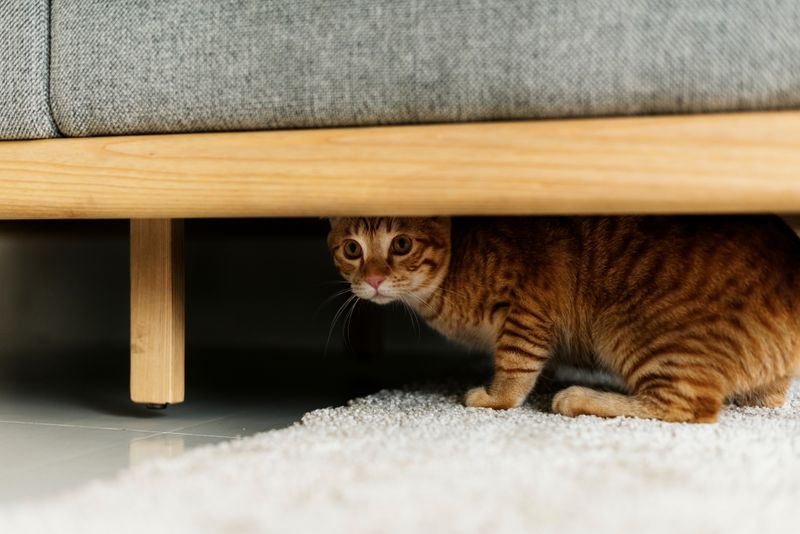
Finding a secluded spot to observe from is normal cat behavior during transitions. Resist the urge to pull them out from under beds or furniture.
Provide designated hiding spots like covered beds or boxes. This gives them control over their exposure to the new environment and helps them process changes at their own pace.
13. Transfer Scent Between Family Members
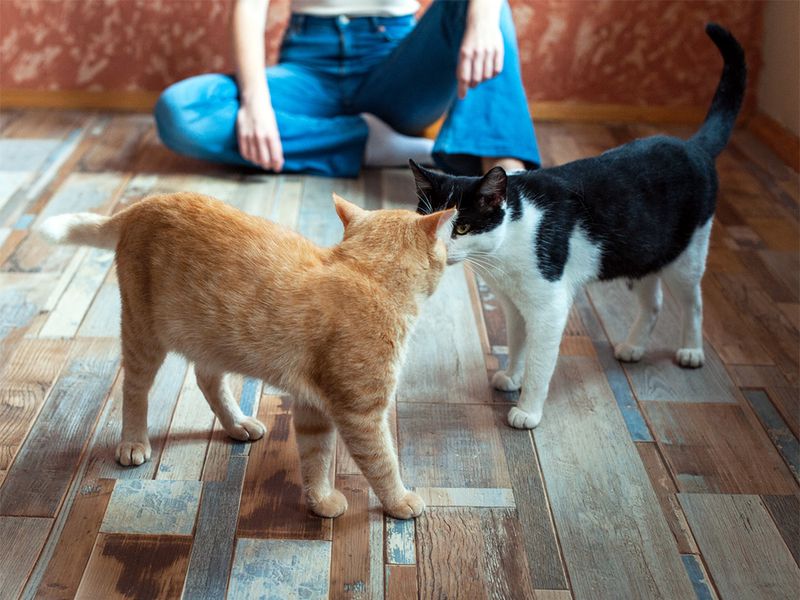
Swap towels between your cat and other household pets to blend scents before face-to-face meetings. This builds familiarity before potentially stressful introductions.
For single-cat homes, wear an old t-shirt then place it near your cat’s bed. Your scent provides reassurance that their trusted human is part of this new territory.
14. Maintain Litter Box Preferences

Use the same type of litter and similar box style as before. Cats can reject unfamiliar bathroom setups, leading to accidents around the house.
Place boxes in quiet, accessible locations similar to their previous spots. Having multiple boxes during transition reduces stress by ensuring a bathroom is always nearby during exploration.
15. Practice Patience And Positive Reinforcement

Reward calm behavior and exploration with treats, praise, and gentle attention. This builds positive associations with the new environment without overwhelming your cat.
Remember that adjustment takes time—sometimes weeks or months. Each small sign of comfort should be celebrated as progress toward helping your furry friend feel truly at home.






